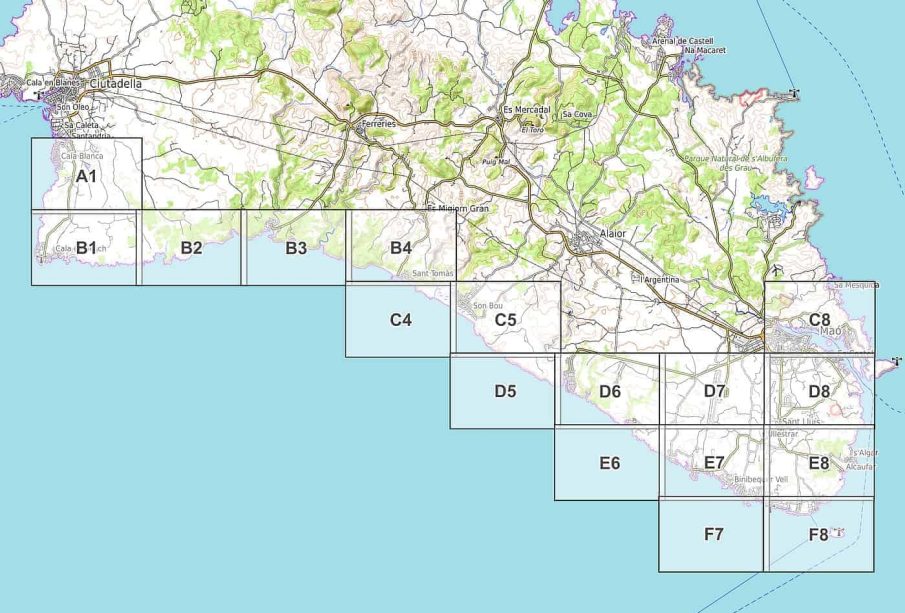The Role of Maps in Today’s Digital Age

Introduction
Maps have long been an essential tool for navigation, providing people with the ability to understand their surroundings and plan their journeys. In today’s fast-paced digital world, the importance of maps has only increased, evolving from traditional printed versions to digital applications that are pivotal for both personal and professional use.
Current Relevance of Maps
As urban environments expand and global travel becomes more accessible, the relevance of maps is more pronounced than ever. According to recent research, over 70% of adults use smartphone navigation apps regularly, demonstrating a shift in how we interact with geographic data. Maps not only assist in finding the best routes but also play a crucial role in logistics, urban planning, and even environmental management.
The Digital Transformation of Maps
The introduction of GPS technology and mobile applications, such as Google Maps and Apple Maps, has revolutionised mapping. These platforms offer real-time updates, traffic conditions, and alternative routes, enhancing user experience significantly. Furthermore, the development of augmented reality (AR) mapping apps is providing users with interactive experiences, enabling them to navigate through physical spaces while overlaying digital information.
Maps Beyond Navigation
Beyond aiding navigation, maps are essential in numerous fields such as disaster management, public health, and education. For instance, during natural disasters, mapping technologies help in creating evacuation plans and identify safe zones. In public health, geospatial mapping is utilized to track disease outbreaks and plan responses effectively. This highlights the multifaceted utility of maps in solving complex problems.
Conclusion
Maps have undoubtedly transitioned from basic navigational tools to sophisticated digital platforms essential for a wide array of applications. As technology continues to advance, the future of mapping looks promising, with innovations expected to further enhance their accessibility and functionality. For readers, understanding the significance of maps can lead to a better appreciation of their everyday utility, encouraging more effective navigation and informed decision-making.


